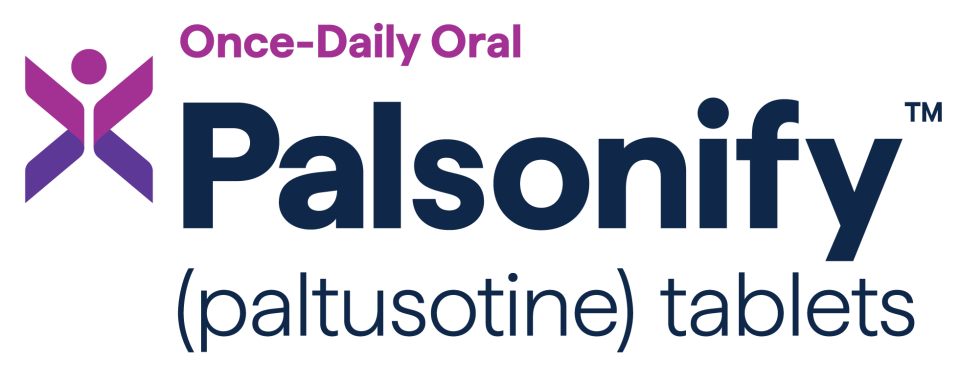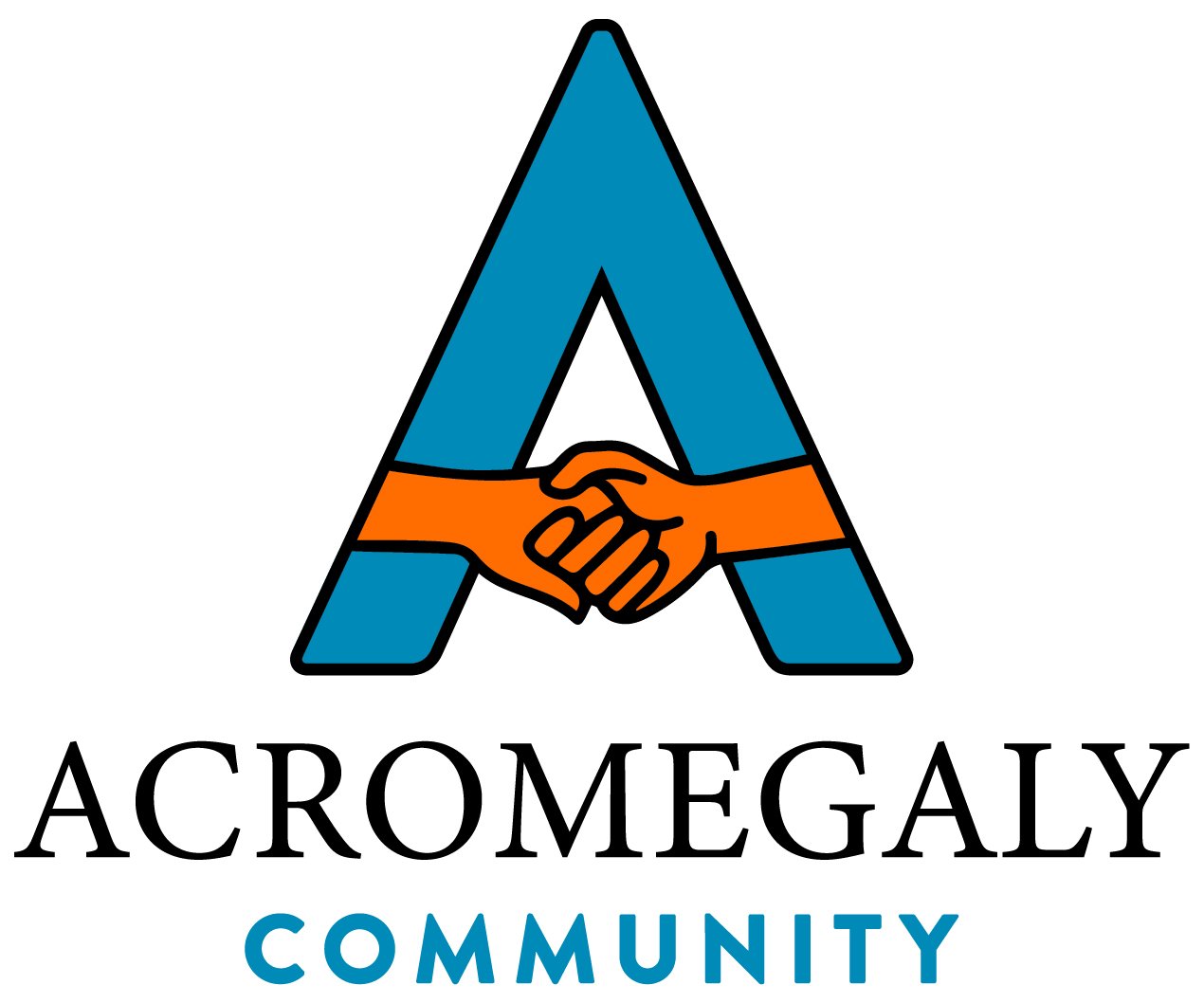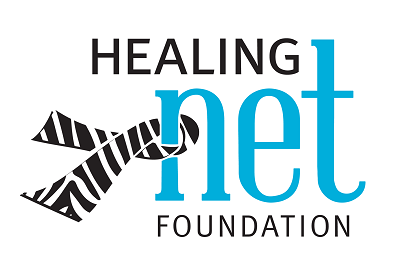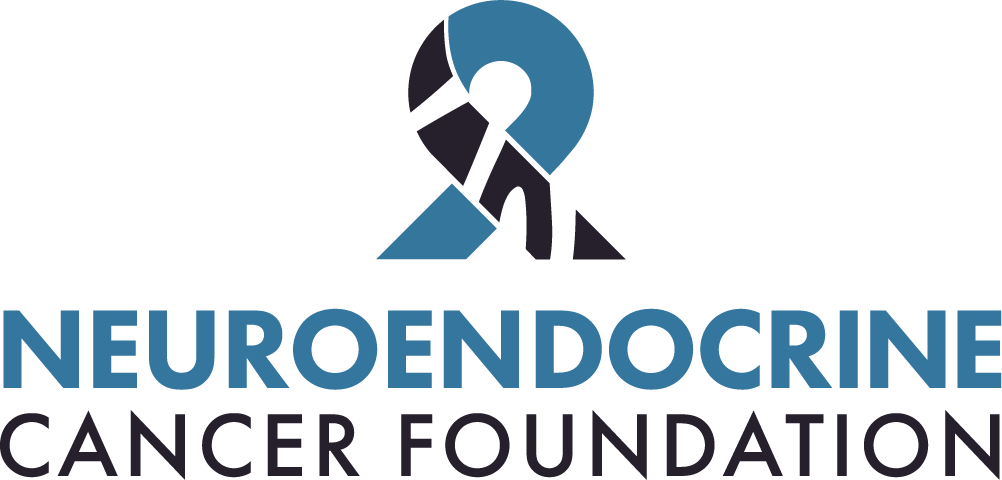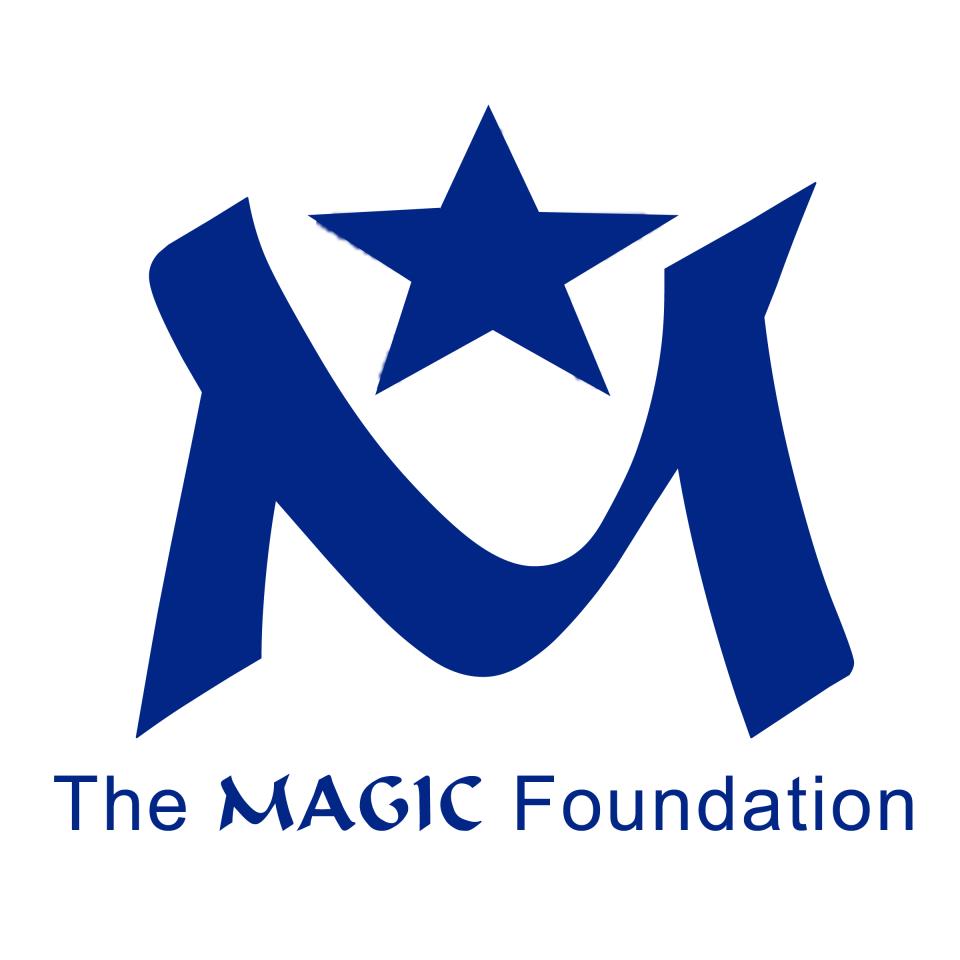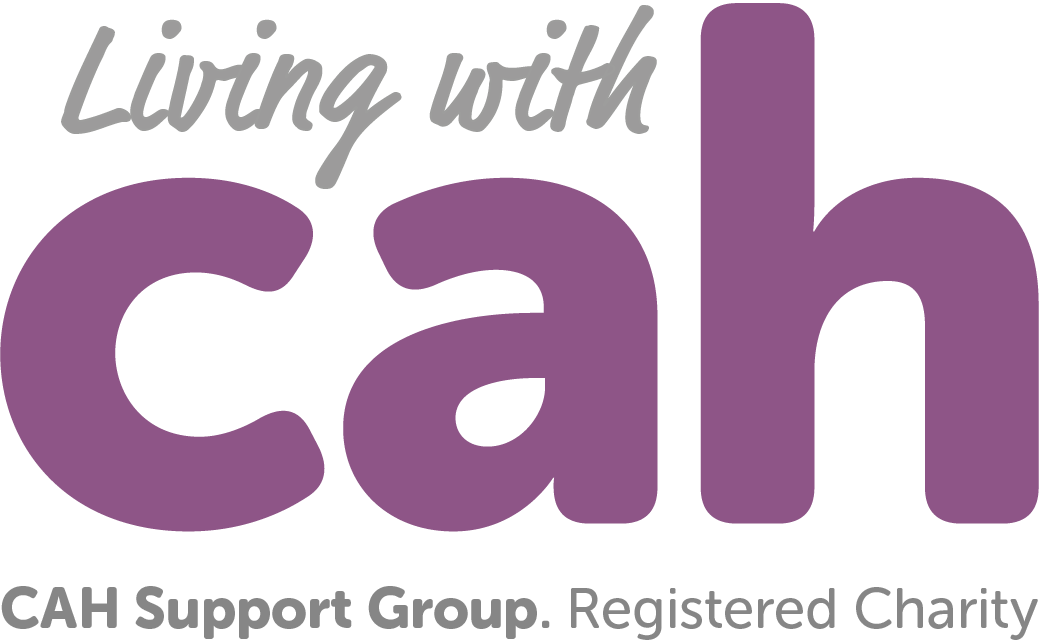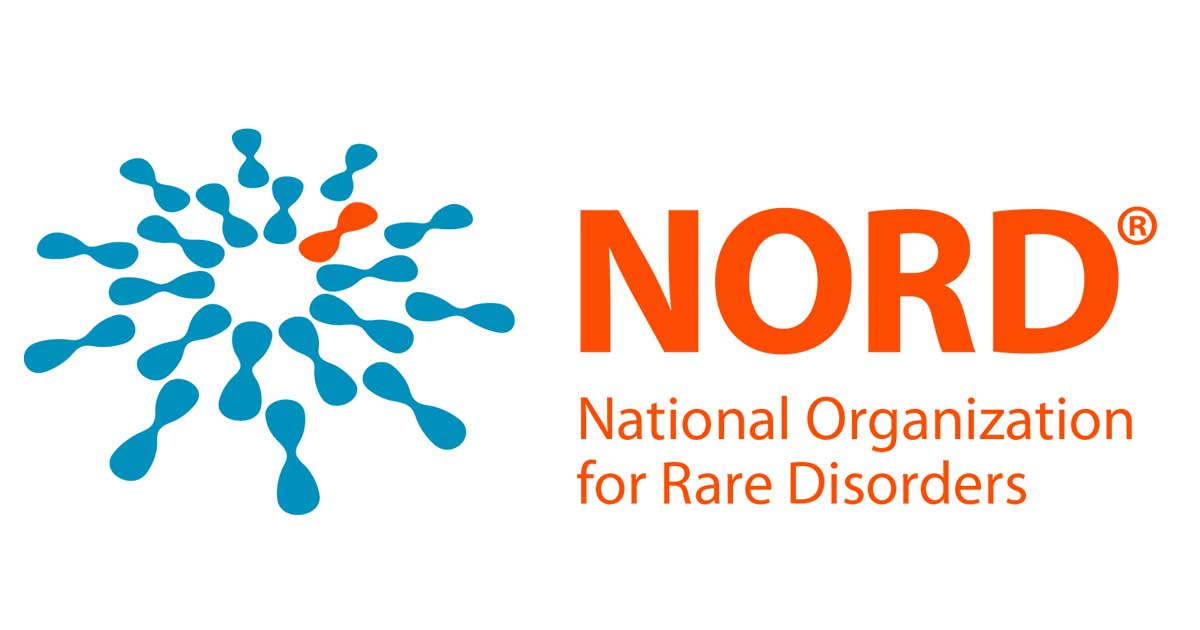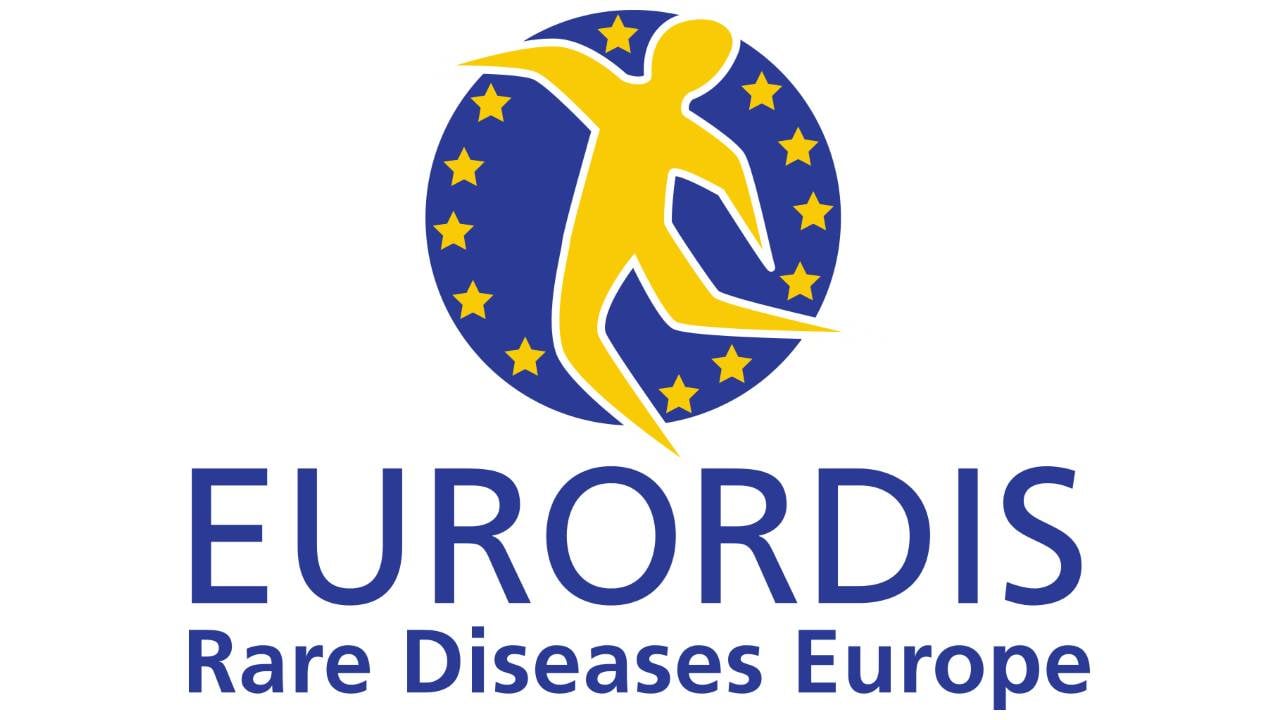Rooted in research, inspired by people
Driven by the belief that no one should be defined by their disease, we’re transforming endocrine care to significantly improve the lives of individuals affected by disease – patients, caregivers, and loved ones. As the premier, endocrine-rooted pharmaceutical company, we’re shaping the future of treatment, empowering individuals to live beyond their condition, and thrive. From the purposeful design of our transformative novel molecules to clinical studies informed by the patient community, patients are at the center of every aspect of our work.
Our commitment to acromegaly
Is acromegaly still holding you back? Maybe it’s time to take a closer look.


Get to know our patient advocacy partners
At Crinetics, patients guide our science every step of the way. Their insights help shape our research priorities and ensure our therapies are grounded in real-world needs.
We’re proud to partner with advocacy organizations that provide critical support, education, and community for people living with endocrine-rooted diseases. We deeply value these relationships and the vital support these groups provide to their communities.
Together, we’re turning insights into impact.
What are clinical studies?
Clinical studies play a vital role in bringing safe and effective new therapies to patients. The ultimate goal in clinical studies is to determine if a new drug can improve health outcomes. Clinical studies often provide an opportunity to try new therapies that aren’t yet approved. Participation is also a chance to become a citizen-scientist and engage with world-class physicians to help others both now and in the future.
For more information about Crinetics’ clinical studies, contact us by clicking on the link below.

Transforming Endocrine Disease Treatment
Be the first to know about the advances we're making in endocrine-rooted care.
